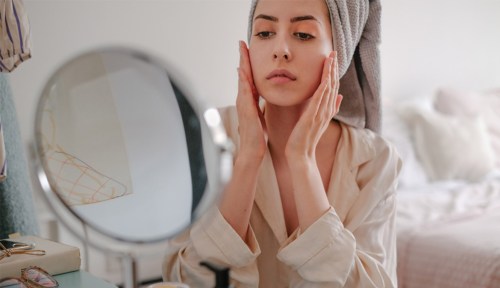Our editors independently select these products. Making a purchase through our links may earn Well+Good a commission
Moisture is critical when you’re caring for dry winter skin. To optimize your moisturizing experience, it’s essential to know that there are three different types of moisturizing ingredients that can benefit your skin: humectants, emollients, and occlusives. Each has a different purpose and can work wonders in your upping the hydration factor of your routine, explains Tiffany Libby, MD, a board-certified dermatologist in Rhode Island.
Experts in This Article
board-certified dermatologist in Northern California
board-certified dermatologist in Rhode Island
“These moisturizing ingredients work best when paired together,” explains Dr. Libby, which is why you’ll often find two or three of them included in a single formula. “Humectants help hydrate and draw moisture into skin, emollients add back moisturizing oils, and occlusives then help seal in moisture to prevent moisture loss.”
However, you don’t necessarily need to use all three, depending on your skin type, explains Caren Campbell, MD, a board-certified dermatologist based in California.
“Skin care is not one size fits all,” says Dr. Campbell. “It depends on why you have dry skin and if you suffer from acne, rosacea, or other skin conditions. In general, non-comedogenic emollients like lotions with ceramides are helpful for many patients. Humectants are helpful in combination with emollients for many patients and can be layered. Occlusives can be beneficial for wounds, heels, elbows, and infants with very dry skin or eczema, but again it’s not one size fits all as occlusives can be too much for the face or other acne-prone areas of the body.”
Learn more about the difference between humectants, emollients, and occlusives and shop some of the best options below.
Humectants, emollients, and occlusives—the difference explained
Humectants
“Humectants are moisturizers that draw water to them,” says Dr. Campbell. Think of these ingredients as sponges, which attract moisture into the skin and hold them in place. The most well-known humectant is hyaluronic acid, which is famous for its ability to hold 1,000 times its weight in water. “HAs are in many moisturizers and skin-care products to moisturize and draw water to the area of application,” adds Dr. Campbell.
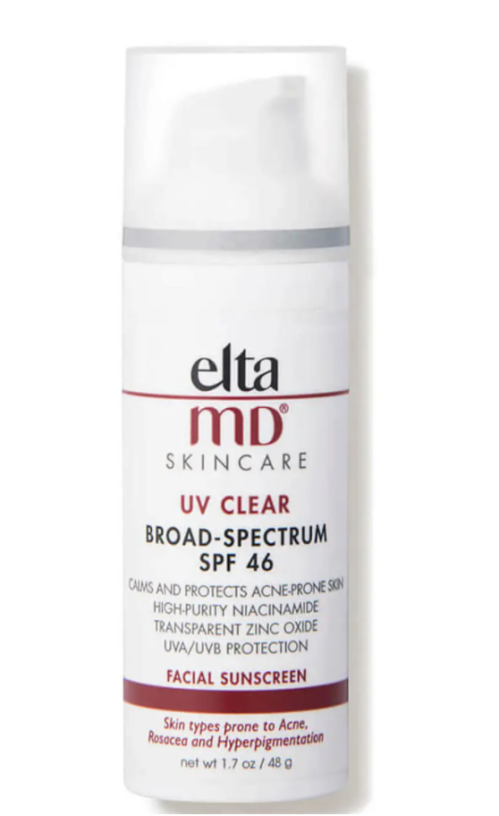
EltaMD UV Clear Broad-Spectrum SPF 46 — $37.00
This sunscreen from EltaMD contains lactic acid and hyaluronic acid, two of Dr. Libby’s favorite humectants. It will moisturize your skin while protecting it from UV rays.
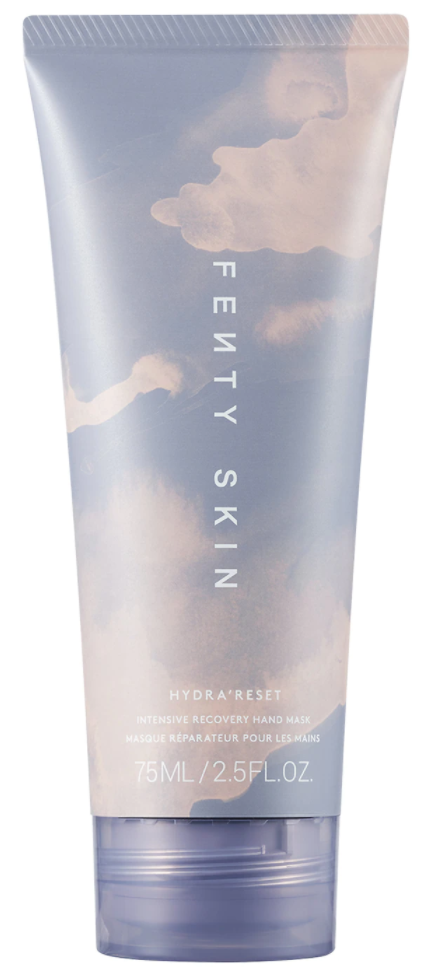
Fenty Skin Hydra'Reset Intensive Recovery Glycerin Hand Mask — $22.00
This hand cream from Fenty Skin contains the humectant glycerin draw in moisture, panthenol to intensely condition and soothe, plus emollient oils sorrel and Kalahari melon to provide rich levels of essential fatty acids, supporting strong, nourished skin.
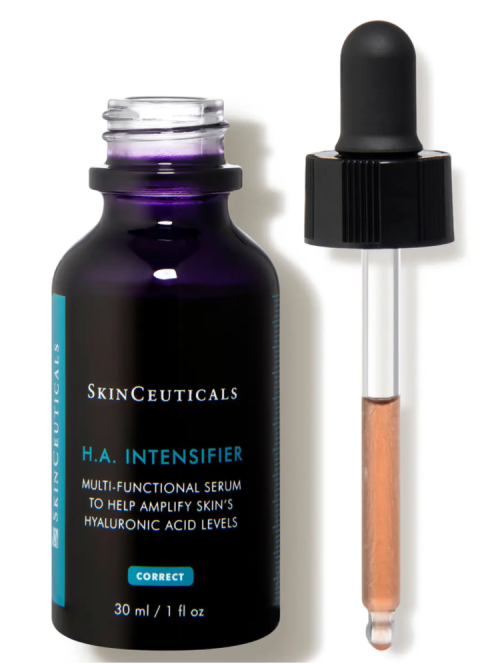
SkinCeuticals Hyaluronic Acid Intensifier — $102.00
“SkinCeuticals hyaluronic acid with licorice is great for those with pigment issues who also need hydration,” says Dr. Campbell. It will leave your skin visibly firmer, smoother, and facial plumper.
Emoillients
“Emollients are moisturizers that add oil to the skin to help soften, smooth, and repair the skin barrier,” says Dr. Libby. “Any product that does this is considered an emollient, so some humectants and occlusives are also emollients.” Dr. Campbell adds that “ceramides, fatty acids, and oils are the most common emollients in skin care.”

La Roche-Posay Double Repair Face Moisturizer — $20.00
This oil-free, paraben-free, and fragrance-free face moisturizer from La Roche-Posay is packed with moisturizing ceramides plus the humectant glycerin

CCMD Enriched Cream — $90.00
“I love ceramides in non-comedogenic moisturizers like my CCMD Enriched,” says Dr. Campbell, founder of CCMD Skin Care. “It contains ceramides and B3 to help with hydration and skin barrier function.”
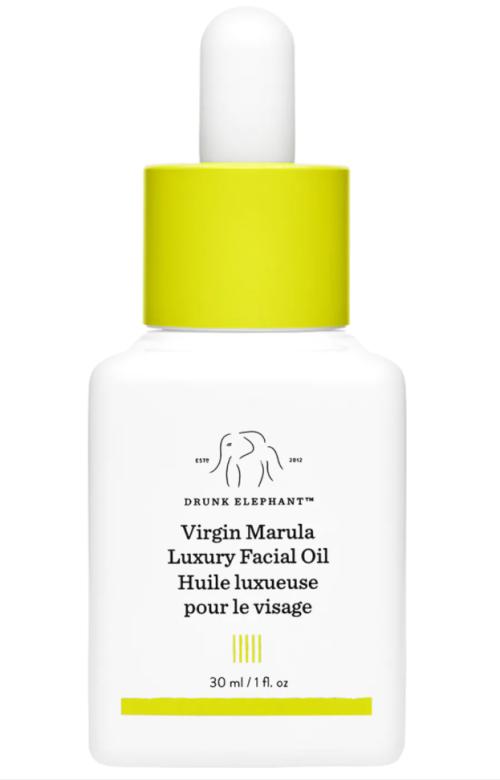
Drunk Elephant Virgin Marula Luxury Facial Oil — $38 to $68
Made from 100 percent marula oil, this product serves as both an emollient and an occlusive. Marula oil is rich in omegas 6 and 9 to moisturize, nourish, and visibly balance skin. This formula is free of fragrance, making it a great option for those with sensitive skin.
Occlusives
Occlusives are like puffer coats for your skin, except instead of sealing in heat (the way an actual puffer jacket does), they lock in moisture and prevent it from evaporating into the environment. “An occlusive is a type of moisturizing ingredient that helps protect the skin, slow transepidermal water loss, and seal in moisture,” says Dr. Libby. “They help coat and protect skin from moisture loss and support a healthy skin barrier.” Examples include petrolatum, lanolin, and silicon.

Aquaphor Healing Ointment — $14.00
“Aquaphor is a great barrier for lips, heels, and elbows especially during the winter months,” says Dr. Campbell. It’s made with two occlusives: petrolatum and lanolin.
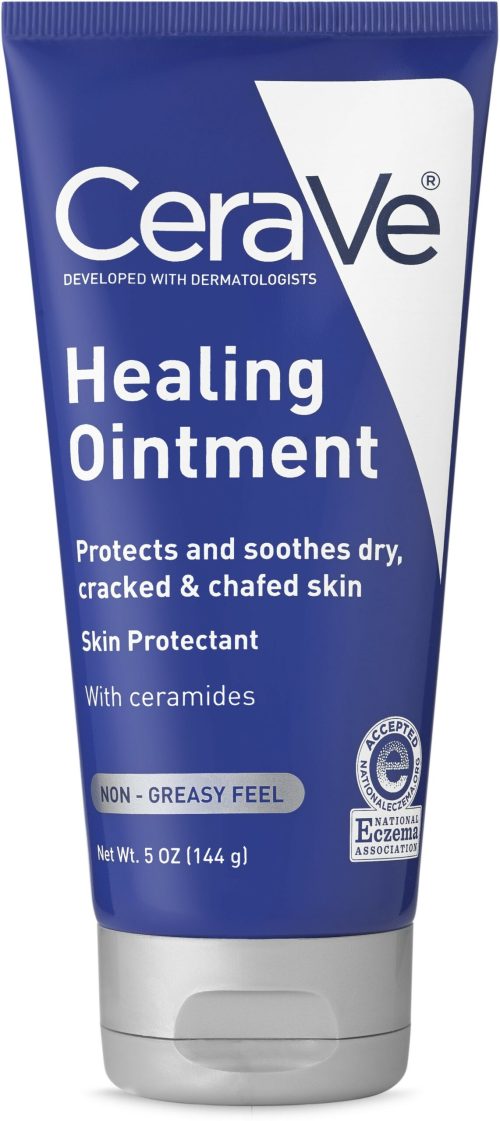
CeraVe Healing Ointment — $11.00
Dr. Campbell is a huge fan of this ointment. It’s a great occlusive due to its inclusion of petrolatum, but it also includes the emollient ceramide and the humectant hyaluronic acid.

Reserveage Hand & Foot Cream — $44.00
“The dry, winter months tend to evaporate moisture from our skin, and with the additional hand washing we are all doing of late, I really enjoy Reserveage Hand & Foot Cream to deliver intense moisturization, protect and smooth the skin on my hands,” says Dr. Libby, who works with the brand. “It is formulated with glycerin, a humectant, that draws in water to hydrate skin, dimethicone, an occlusive to help seal in moisture, and copper-encapsulated peptides to improve visible signs of aging on the hands.”
Learn more about hydrating ingredients:
Want to be the first to hear about the latest (and greatest) SHOP product drops, custom collections, discounts, and more? Sign up to have the intel delivered straight to your inbox.
Sign up for the Well+Good SHOP Newsletter
Get exclusive deals on wellness, beauty, fitness, and food products that have been hand-picked by our editors.
Got it, you've been added to our email list.
